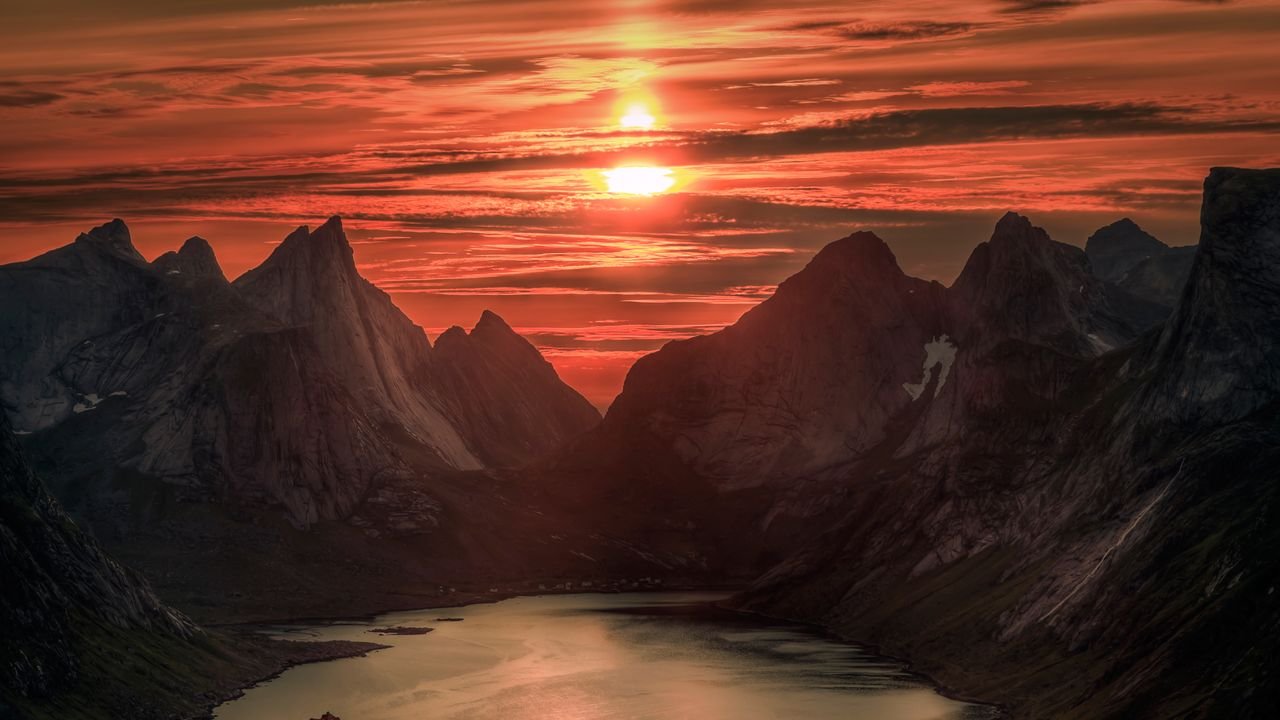In high latitudes, the sun is an unreliable companion. It lingers long past midnight in summer, washing mountains and shorelines in a perpetual glow, then abandons the horizon entirely in winter, leaving only a faint blue light at midday. This is the reality of polar day and polar night, phenomena born of the Earth’s axial tilt. Above the Arctic Circle and below the Antarctic Circle, the planet tips far enough for the sun to stay in view – or out of sight – for months at a stretch. For locals, it’s a rhythm as familiar as the seasons. For visitors, it can be disorienting, exhilarating and oddly liberating. These are the corners of the world where the sun never sets — and never truly rises.
Tromsø, Norway
Some 350 kilometres north of the Arctic Circle, Tromsø spends its summer wrapped in the soft gold of the midnight sun from late May to late July. Light rests low on the horizon, flattening shadows and giving the city a dreamlike calm even at two in the morning. Locals hike up Mount Storsteinen long after dinner or paddle kayaks in fjords so still they mirror the sky. When the polar night arrives in late November, daylight retreats to a faint blue glow, the aurora borealis weaving green ribbons overhead. Life moves indoors to candlelit cafes and winter concerts, the long dark broken up by illuminated shopfronts and the warmth of winter gatherings.
Svalbard, Norway
Halfway between mainland Norway and the North Pole, Svalbard’s seasons are among the most extreme. From mid-April to late August, the sun circles overhead in a slow, hypnotic loop, painting glaciers in shifting shades of white and gold. Residents and visitors alike adjust their clocks to the light rather than the hour, heading out on boat trips to spot walrus and polar bears at what might technically be midnight. From late October to mid-February, darkness takes over completely. The sky hosts a celestial ballet of light, and the snow reflects just enough starlight to make the mountains appear ghostly against the night.



